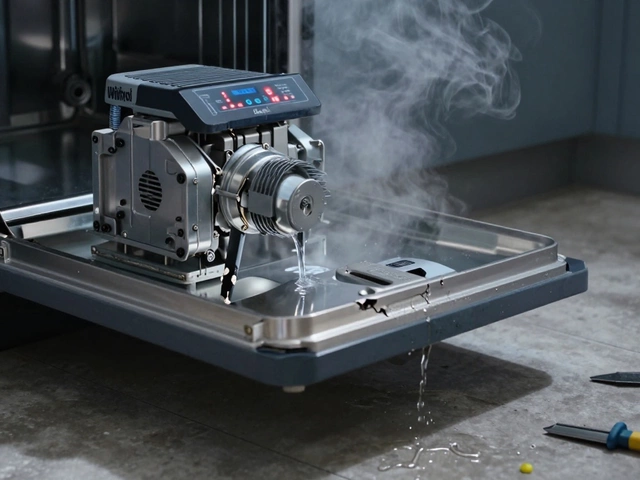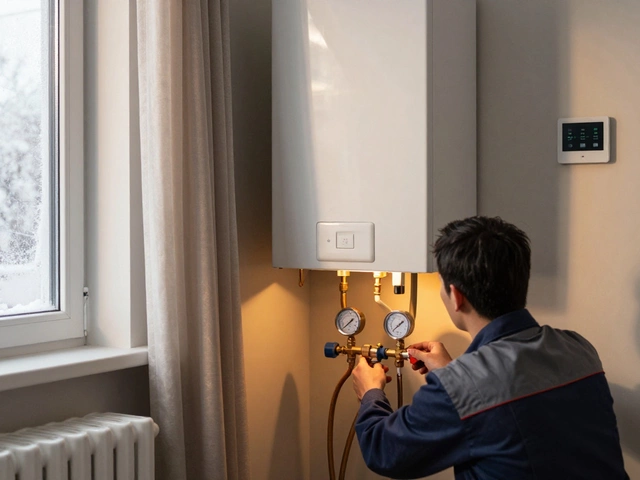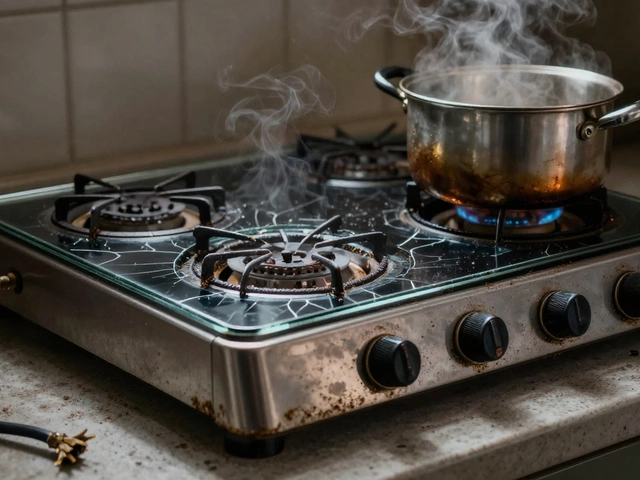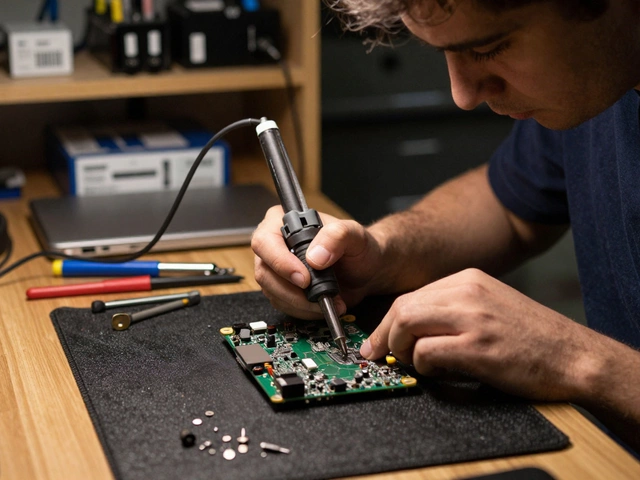Laptop Maintenance: Simple Steps to Extend Your Device's Life
Got a laptop that slows down or overheats? You don’t need a tech wizard to fix it. A few regular habits can keep your machine fast, quiet, and safe. Below are the most useful actions you can do right at home.
Clean the Exterior and Keyboard
Dust and crumbs love to hide in the keyboard and vents. Turn the laptop upside down and give it a gentle shake to drop loose debris. Use a soft brush or a can of compressed air to clear the gaps between keys and the cooling fans. For the screen, a microfiber cloth dampened with a little water works wonders – no harsh chemicals. Doing this once a month stops grime from turning into permanent stains or blocked airflow.
Take Care of the Battery and Power Settings
Modern batteries last longer when you don’t keep them at 100% all the time. Plug in the charger only when the charge drops below 20% and unplug before it hits 90%. Enable the built‑in power‑saving mode; it reduces background tasks and lowers screen brightness, which eases the load on the battery. If you store the laptop for a while, leave it at about 50% charge and turn it off – this prevents deep discharge that can ruin the cells.
Software upkeep is just as important as dusting. Run a quick scan for malware every week; unwanted programs chew up RAM and slow down start‑up times. Delete apps you never use and clear out temporary files – Windows 10 has a “Storage Sense” feature, and macOS offers “Optimize Storage.” Updating the operating system and drivers keeps hardware running efficiently and patches security holes.
Now, let’s talk about cooling. If your laptop feels hot after a short browsing session, check the vents for blockage. Place the device on a hard, flat surface—not a blanket or lap – to let air flow underneath. An inexpensive laptop stand with built‑in fans can drop temperatures dramatically, especially when you’re gaming or editing video.
Backing up data prevents panic when something goes wrong. Use a cloud service or an external drive and schedule automatic backups weekly. This habit saves you from losing photos, documents, and work files if the hard drive fails.
Finally, handle the laptop gently. Plug and unplug the charger straight on, don’t pull the cord, and avoid banging the screen. Carry it in a padded bag when you travel, and keep liquids far away – even a tiny spill can ruin the keyboard and internal circuits.
Stick to these quick checks – cleaning, battery care, software hygiene, cooling, and backups – and you’ll notice your laptop staying faster and lasting longer. No need for pricey repairs unless something truly breaks. Keep it simple, stay consistent, and enjoy a smooth-running laptop every day.
Is Your 10-Year-Old Laptop Still Worth Repairing and Keeping?
- Alden Wilder
- Dec 12 2024
- 0 Comments
This article delves into the practicality and sentimental value of keeping a 10-year-old laptop. It weighs the benefits of repairing an older machine against investing in a new one. Discover tips for upgrading hardware and whether software updates can keep an old laptop viable. Explore the ecological and personal reasons to consider before parting with your trusty old device.
View More




